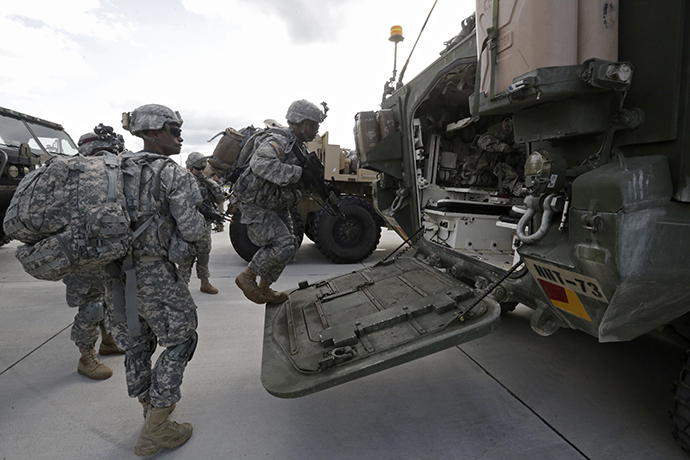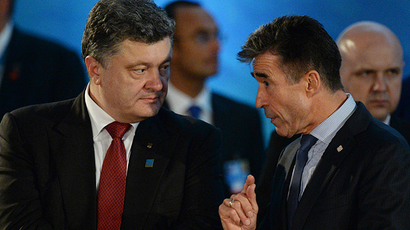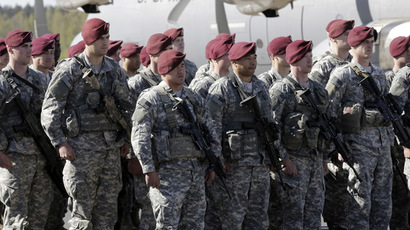NATO stages massive military drills in Latvia (PHOTOS)
As seven-day NATO military exercises continue to take place in Latvia, the organization says the drills are aimed at showing its commitment to Baltic member states in the face of an “assertive” Russia.
READ MORE: At least 4,000 troops: NATO approves new E. Europe-based spearhead force
Exercise Steadfast Javelin 2, which kicked off on September 2,
simulates the deployment of NATO soldiers and equipment during a
crisis situation. A total of around 2,000 soldiers from nine
different countries are taking part in the maneuvers, which will
carry on until Monday.
On Friday night, around 500 paratroopers landed at Lielvarde
airport, located about 60 km from Latvia’s capital, Riga.
“We want to assure our people that we are able to protect
them. Certainly on top of this we send a clear message to
everyone who wants to threaten NATO, that it’s not a thing you
should do. NATO will always defend and protect its people,”
General Hans-Lothar Domrose, commander of the NATO military
command in Brunssum, Netherlands, told reporters.
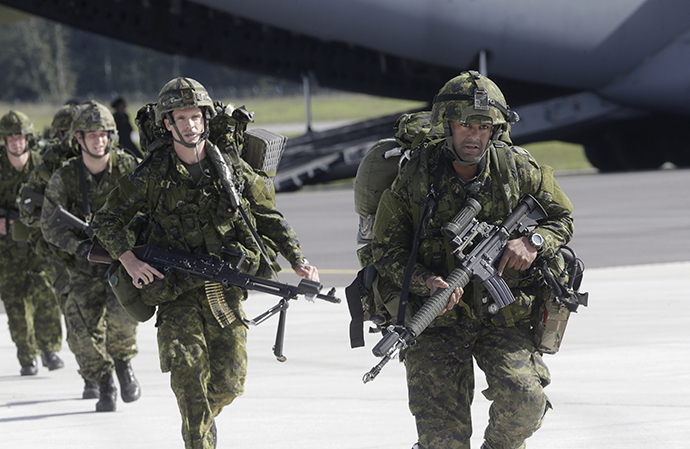
The exercises in Latvia will be followed by other drills in Germany, Norway, Ukraine, and Poland later this autumn.
Steadfast Javelin 2 was reinforced by a NATO summit in Wales, where the bloc officially announced it was creating a new rapid reaction force. The spearhead of any such force would consist of 4,000-5,000 troops who would be able to deploy to any NATO member country within 48 hours.
“It needs to be a relatively light force. It needs to be a force that succeeds, builds upon intelligence and agility, and precision as opposed to weight of military force. It is an agile, precise, intelligence-led rapidly deployable force,” Lieutenant General Ed Davis, NATO deputy land commander, told Reuters.
‘Expansionism and destabilization’: Russia lashes out over NATO spearhead force in E. Europe
After 10 years of placing emphasis on military activity in Afghanistan, the alliance is now refocusing on what it refers to as the defense of its members.
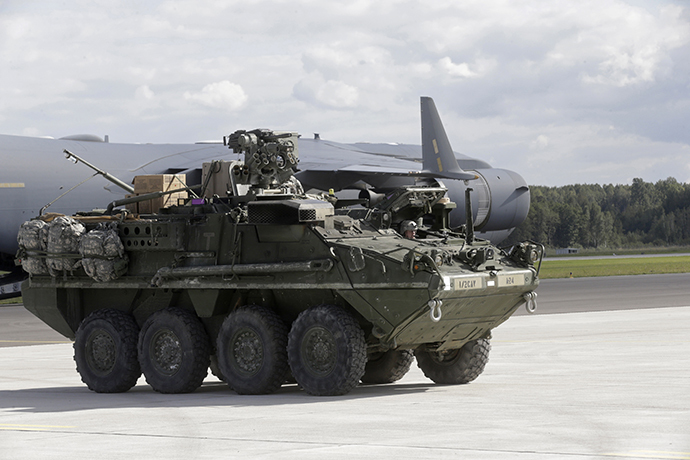
The UK has agreed to provide up to 1,000 personnel in the multi-national force, which will be based in Eastern Europe. There are already 1,500 British troops involved in exercises in Baltic countries and an extra 2,000 will be deployed over the next two years.
Baltic states have been seeking backup from NATO, claiming they fear that Russia could use the same rationale as it did in Crimea to justify an attack on them. Large Russian speaking minorities live in Baltic the region – in Latvia, for instance, they account for some 26 percent (over 520,000 people) of the total population.
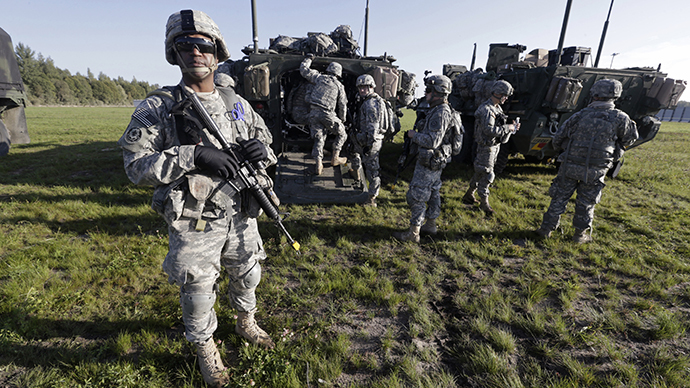
The announcement was met with dismay in Moscow, which said that NATO was using the crisis in Ukraine to push its military presence closer to Russia's borders.
READ MORE: State Dept spokeswoman accuses AP’s Lee of ‘buying into Russian propaganda’
The Russian Foreign Ministry said the new force would sabotage
the fragile peace process in eastern Ukraine.
“Together with the rhetoric at the summit, and the planned
military exercises before the end of the year, this will increase
tension, destabilization the nascent peace process, and further
widen the division in Ukraine,” the ministry’s statement
said.
As tensions remain high in Ukraine, a US Navy destroyer, a
Canadian fregate and, reportedly, a French frigate have entered
the Black Sea. A Spanish warship is reportedly on its way there
as well.
